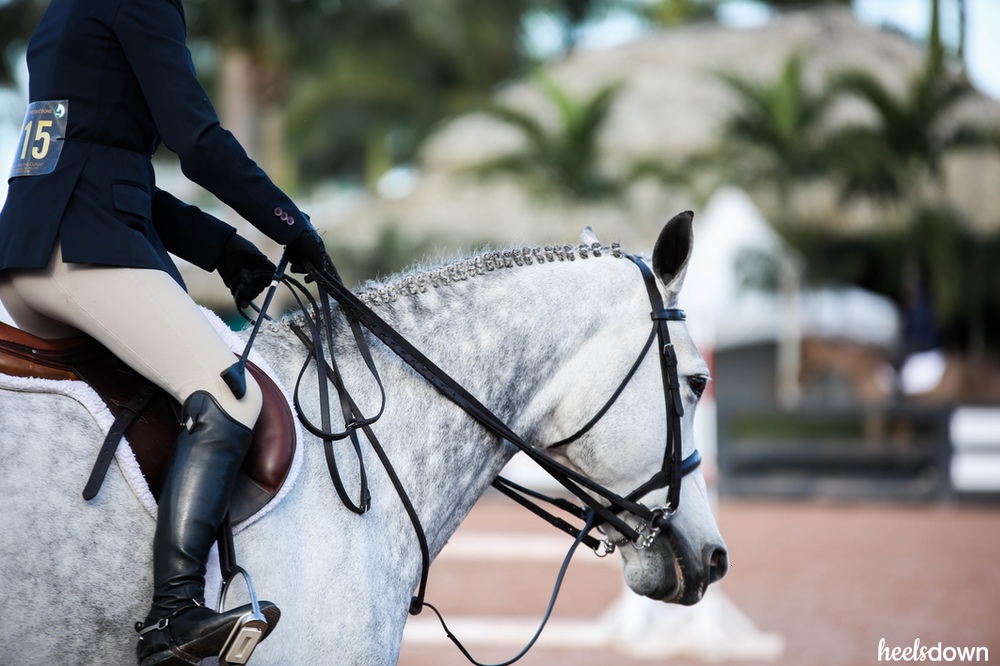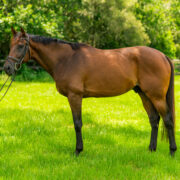Unpopular Opinion: Don’t Use A Pelham If You Need A Bit Converter

The Pelham has been a popular bitting option in the hunter/jumper world for as long as I can remember. I still see them fairly regularly around horse shows and sometimes on the cross-country course. But recently, I’ve noticed a trend of more Pelhams being used with a bit converter.
Let’s begin by explaining the Pelham bit. This type of bit combines elements of both a snaffle and a curb, giving the rider access to either form pressure when in the tack. In the traditional sense, the rider should be using the bit with two sets of reins, a laced or webbed rein for the predominant snaffle, and a thinner curb rein that attaches to the curb ring of the bit. The curb, of course, applies more pressure to the horse’s mouth and poll, and should be used as a secondary reinforcement to the simpler snaffle option.
A bit converter is a piece of leather or plastic that connects both the snaffle and the curb of the Pelham bit to one rein. It essentially combines the pressure of both options, and eliminates the ability to use one or the other individually.
There is technically nothing wrong with using a bit converter – that’s why they’re not USEF illegal at horse shows. Plenty of competent riders do it. In a discipline like eventing, the Pelham with a bit converter removes the complication of managing two reins on a fast course and uneven terrain. But the bit was not designed to be used in this way, and to me at least, the thin strap converter is just a lazy cheat.
Maybe it’s because I come from riding in the hunters and dressage, but I feel like riders who opt to use a Pelham on their horse should be educated enough to ride it in the correct way as it was designed – with two reins.
I’ve ridden horses in a variety of Pelhams – from rubber joined ones to a mullen mouth Tom thumb. I’ve used them in the equitation ring, fox hunting and on the cross-country course, and always with two reins. I appreciate the bit for how it’s designed – the horse gets to go around mostly under the guidance of a snaffle, but the curb rein is there when needed for stronger reminders.
There is a certain level of finesse required to using a a dual-type bit like a Pelham. It’s certainly not a double bridle, which uses snaffle and curb bits in the same headstall, but it is similar in that it is designed to balance both options – not be a catch-all grab for a horse that might need more brakes.
There are number of bitting options out there, which vary in severity and may or may not be acceptable for a specific discipline. Certainly no one bit works for every horse, either. A trainer should be working with any rider who is struggling to find the appropriate bitting option for their horse and the sport they’ve chosen.
That said, I am a firm believer that a bit should be used as it was intended, and a rider who is not comfortable riding with two reins to appropriately apply pressure to their horse’s mouth should move on to the next option. There are plenty of other bits to go around.


